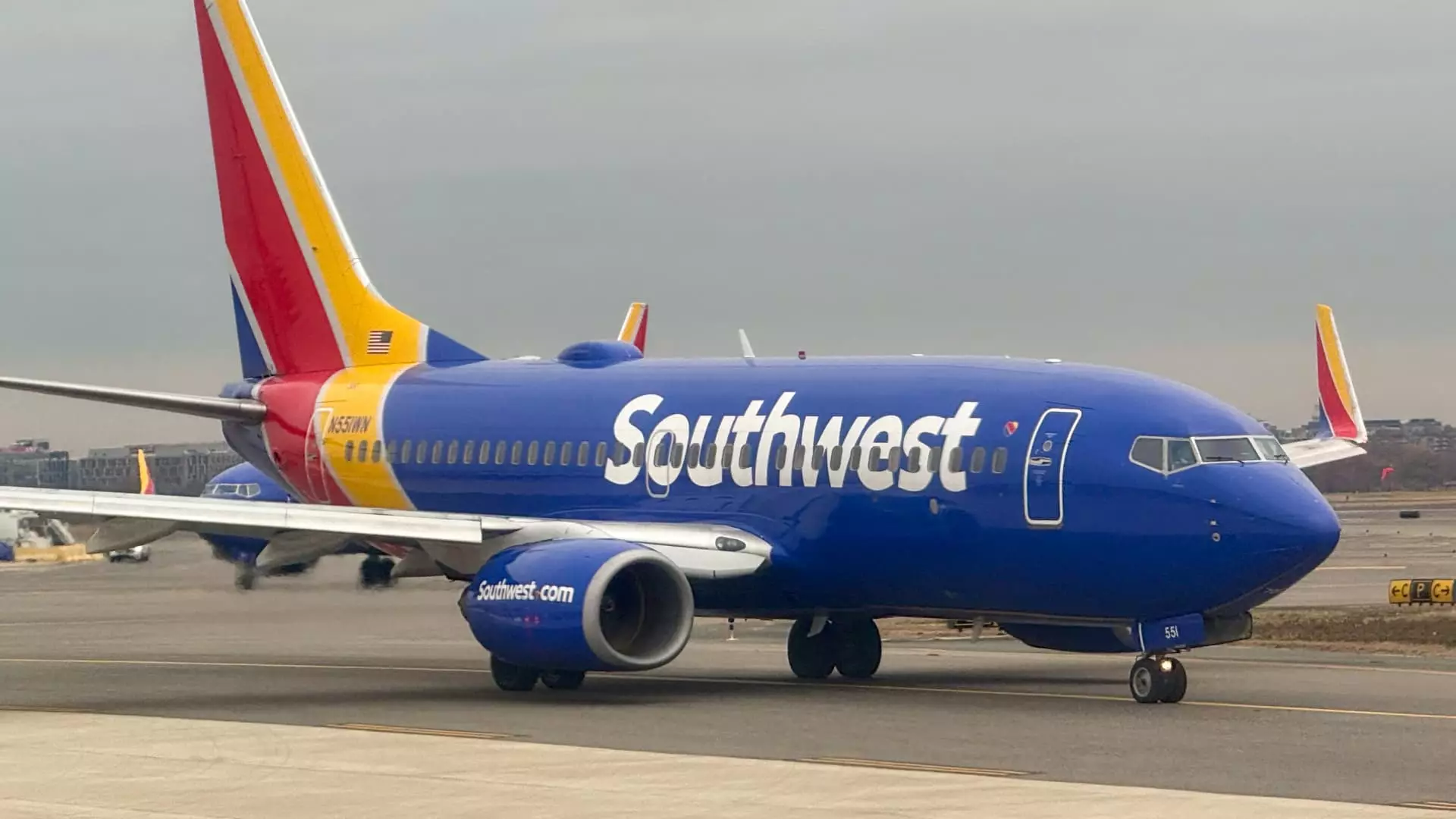In a startling announcement on Monday, Southwest Airlines revealed plans to eliminate approximately 15% of its corporate workforce, translating to around 1,750 jobs. This drastic step, termed “unprecedented” by CEO Bob Jordan, highlights the airline’s urgent need to streamline operations and rein in costs. The company’s strategy aims to position Southwest more competitively within the aviation industry as it responds to mounting financial pressures and operational challenges.
Southwest’s decision stems from a broader initiative to achieve substantial financial savings, estimated at $210 million this year and projected to reach $300 million by 2026. Jordan articulated this need for transformation in a communication to staff, emphasizing that the company finds itself at “a pivotal moment.” By reducing workforce redundancy and adopting a more agile structure, the airline seeks to enhance its operational efficiency. Jordan’s message indicates an aggressive push towards reinventing the organization to better withstand market fluctuations.
This move to downsize comes on the heels of intense scrutiny from Elliott Investment Management, an activist investment firm that successfully secured five seats on Southwest’s board. Their influence has been significant, as they previously advocated for a leadership change at the top, which ultimately did not materialize. The board’s acknowledgment of the need for change indicates that corporate governance dynamics are shifting, and management is now under pressure to deliver quicker results in the wake of shareholder dissatisfaction.
Previous Cost-Cutting Initiatives
The recent layoffs are part of a broader strategy that has already seen various cost-reduction measures implemented by Southwest. These include a hiring freeze, suspending its internship program, and halting tradition-laden team-building “rallies.” The airline has also reviewed its route network, aggressively cutting unprofitable flights. These previous initiatives show that the company is committed to a comprehensive approach toward financial accountability.
In addition to workforce reductions, Southwest is rethinking its customer service model. Management is considering the phasing out of its long-standing open seating policy in favor of assigned seating arrangements. This is indicative of a significant shift in how Southwest plans to enhance customer experience while also boosting profitability. The launch of new overnight flight services marks another attempt to innovate and cater to changing traveler demands.
Jordan’s memo, which he shared with employees on Monday, underscores the necessity to “fund the right work,” eliminating overlap and ensuring a streamlined decision-making process. As this transformation unfolds, most employees affected by the layoffs will remain on the payroll until late April, receiving their full salary and benefits during this notice period.
Southwest Airlines is navigating a period of challenging transitions. As the airline embarks on this cost-cutting journey, it will be imperative for the leadership to maintain employee morale and public trust while striving towards renewed financial stability and operational efficiency.


Leave a Reply